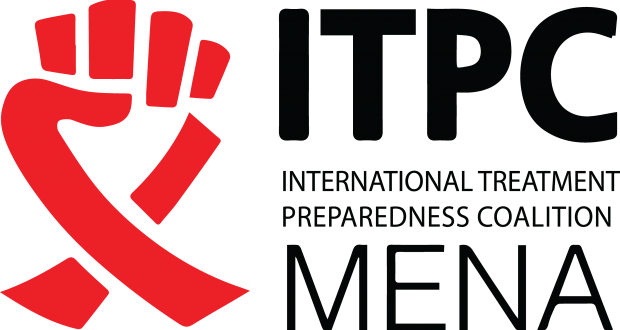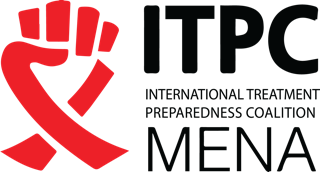
US Supreme Court Adopts International Exhaustion For Patents: Paving the way for parallel imports to exert downward pressure on domestic pharmaceutical (and other) prices
Source : By Frederick M
The Supreme Court of the United States on May 30, 2017 adopted a rule of international exhaustion of patent rights for the United States in Impression Products v. Lexmark International, No. 15-1189. The near-unanimous decision authored by Chief Justice Roberts is unambiguous and unequivocal.[1] The Court paid short shrift to contrary decisions of the Court of Appeals for the Federal Circuit in Jazz Photo Corp. v. International Trade Commission, 264 F. 3d 1094 (Fed. Cir. 2001) and in this case on certiorari, Lexmark International v. Impression Products, 816 F.3d 721 (Fed. Cir. 2016).
In addition to adopting international exhaustion, the Supreme Court ruled firmly against enforcement of post-sale restrictions through infringement actions based on patent. The Court allowed for enforcement under contract law of limitations that may be included in patent licenses.
 Only Justice Ginsberg dissented, and only as to the international exhaustion issue. (Justice Gorsuch did not take part.) It is noteworthy that the decision by Chief Justice Roberts is written in “plain English” without efforts to mystify the judgment, or to keep its meaning obscure to the non-lawyer.
Only Justice Ginsberg dissented, and only as to the international exhaustion issue. (Justice Gorsuch did not take part.) It is noteworthy that the decision by Chief Justice Roberts is written in “plain English” without efforts to mystify the judgment, or to keep its meaning obscure to the non-lawyer.
The Supreme Court decision applies across the subject matter spectrum with respect to patents in the United States, and affects all industry sectors. Computer and electronics equipment manufacturers, major retailers and others expressed their views in amicus briefs. The issue of international exhaustion of patents and parallel importation is of particular interest for the pharmaceutical sector. Advocates of parallel importation — this author included — have pointed to the pro-competitive effects inherent in cross-border trade in pharmaceutical products once patent rights have been exhausted.[2] Pharmaceutical originators have argued that anything that decreases their profits hurts R&D, a position which taken to its logical conclusion justifies unlimited price increases.
The United States has the highest originator pharmaceutical prices in the world and contributes the largest share of originator industry revenues. The US public stands to gain from the downward pricing pressure that may come from parallel imports of patented pharmaceuticals. The beneficial effects should not be overestimated. There are constraints on the potential available supply of parallel import products that will moderate the impact within the US market, but almost any downward pricing pressure will be a step in the right direction.
In the decision on appeal, the Federal Circuit’s main argument against international exhaustion was that a US patent owner should be entitled to a first sale in the United States so that it can secure a US territorial price that is likely to be higher than a foreign price for the same product. The Federal Circuit viewed this as a patent entitlement flowing from its (mistaken) understanding of independence of patents and corresponding territorial limitations.
In rejecting the Federal Circuit’s reasoning, the Supreme Court said that the principal issue under US law is whether the patent owner has authorized a sale; either in the United States or abroad. The Court said that US exhaustion doctrine makes no geographical distinction regarding the place of sale. The Court noted that it was deciding against the backdrop of long-standing common-law doctrine disfavoring restraints on alienation. It said that the US Congress was aware of the common-law environment in which it legislates, and that Congress chose not to adopt a rule limiting exhaustion of patents to first sales in the United States.
The Court rejected a suggestion to distinguish its holding in Kirtsaeng v. Wiley, 133 S Ct. 1351 (2013) in favor of international exhaustion for copyright. The Court observed that products marketed in the United States may contain thousands of patents, and that its concerns about downstream restrictions on foreign sales are as serious in respect to patents as they are in respect to copyrights.
The Supreme Court distinguished Boesch v. Graff, 133 U.S. 697 (1890), the decision the Federal Circuit had improvidently relied on in Jazz Photo, on grounds that the German first seller in Boesch was not the US patentee, but rather an independent German firm. The US patent owner had not authorized the first sale abroad, and had not exhausted its right to sue an importer for infringement.
The Supreme Court decision does not specifically address itself to pharmaceuticals, though the decision applies across patent subject matter, and thus to pharmaceuticals. The Federal Circuit addressed the pharmaceutical sector in its decision (and in oral argument before the en banc Federal Circuit), and the Supreme Court was doubtless aware of the sectoral implications.
Members of Congress introduced legislation to authorize importation of prescription medicines in advance of the Supreme Court decision. They avoided addressing the patent question, preferring to let the Supreme Court speak first. The Supreme Court has now cleared away potential patent obstacles to parallel importation of medicines first sold outside the United States. Further US legislation may not be required before parallel importers begin bringing patented medicines into the United States if such medicines are produced in FDA-inspected and approved facilities abroad, the medicines have been approved for sale in the United States and chain of custody records are satisfactory. Other circumstances may (or may not) require additional legislation. The FDA may in any case propose additional measures directed toward regulating parallel importers.
The originator industry will not sit idly by as its pricing power is diminished. If past is prologue, every argument against parallel imports that can be made will be made, and more. Quite a few members of Congress have promised to take steps to reduce pharmaceutical prices. We will see whether these promises can withstand the traditional pharmaceutical industry lobbying pressure. On a more upbeat note, members of Congress might realize they can use the decision of the Supreme Court for “cover”. With the Supreme Court favoring price competition to constrain patent monopolists, perhaps this will not be such a stretch for the Congress.
* Edward Ball Eminent Scholar Prof. of International Law, Florida State University College of Law, USA.
[1] Although further vindication was hardly necessary following adoption by WTO Members of the Doha Declaration on the TRIPS Agreement and Public Health, the decision of the US Supreme Court affirms the position taken by the government of South Africa in its defense of international exhaustion of patents in the Medicines and Related Substances Control Amendment Act of 1997.
[2] This author filed an amicus brief with the Supreme Court addressing issues surrounding pharmaceutical patents, and supporting international exhaustion. PhRMA, BIO and other pharmaceutical industry groups filed amicus briefs to contrary effect









